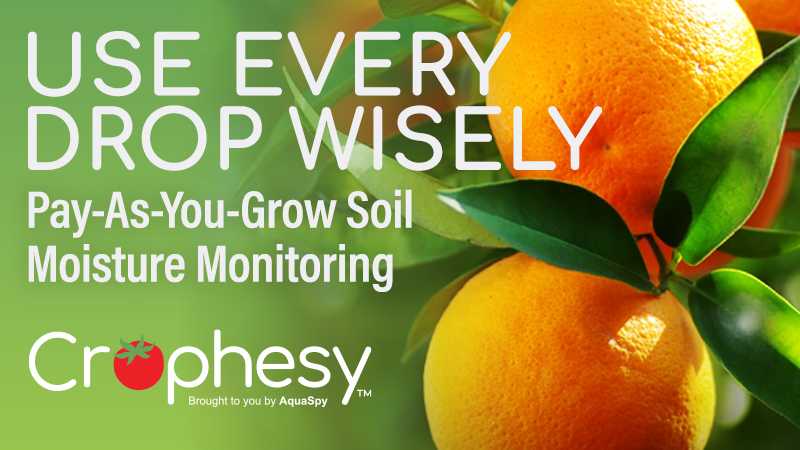Late Blight Control
The most important foliar disease of potatoes is late blight. By following the guidelines presented here, the incidence of this devastating disease may be reduced.
1. Eliminate sources of disease carryover. The late blight fungus survives the winter in potato tubers. Dispose of all cull potatoes including those originating from loading and unloading into storages, debris mixed in with soil from the storage area, culls removed seed lots prior to planting or cutting. Proper disposal includes complete freezing of cull tubers, complete consumption by livestock, and burying at least 3 feet deep to prevent sprouting
or composting.
2. Control volunteer plants. It is best to disc fields after harvesting the potatoes to bring up to the surface and chop tubers left behind. To eliminate tubers left behind in the field, the ground needs to freeze at least 6 inches.
3. Plant certified disease-free seed. Make personal contact with the seed grower. Ask questions. This is the first defense in reducing all disease problems. Pathogens that come with the seed usually reinfect the daughter tubers. There is a 1% tolerance allowed for late blight in certified seed.
4. Seed treatments. If there is concern that seed may have been exposed to late blight, there are seed treatments that will decrease the spread of the late blight pathogen and increase plant emergence and stand uniformity. When blighted seed pieces are planted, most will immediately rot and not sprout. However, when contaminated seed pieces (exposed to the pathogen but no symptoms) are planted, some will germinate but the sprouts will be killed before emergence, some will emerge with late blight infections, and some will escape disease entirely.
5. Rotate to fields far from last year’s potato fields. This will provide a distance between your crop and volunteer potatoes. In addition, growers can reduce early blight severity by increasing the distance between fields even a short distance.
6. Hill plants. Proper hilling will reduce late blight infections on tubers.
7. Avoid excessive nitrogen. Excessive vine growth can promote conditions for late blight. However, proper nitrogen levels will reduce early blight susceptibility.
8. Scout fields and be aware of late blight in nearby areas. Growers should scout fields twice a week, or if there have been several days of fog or rainy weather. Check areas where it is difficult to get adequate coverage when applying fungicides. In addition, check the early maturing varieties first and more frequently.
9. Look for symptoms of late blight. Keep an eye out for irregular, blackish-brown lesions on stems or leaves. When the relative humidity is high, there will be white mold on these lesions, especially on the lower leaf surface or on stems. Be sure to check within the plant canopy on the lower stems.
For additional information on potato diseases, growers can order the booklet Identifying Potato Diseases in Pennsylvania. For more information or to place an order, call 814-865-6713.










